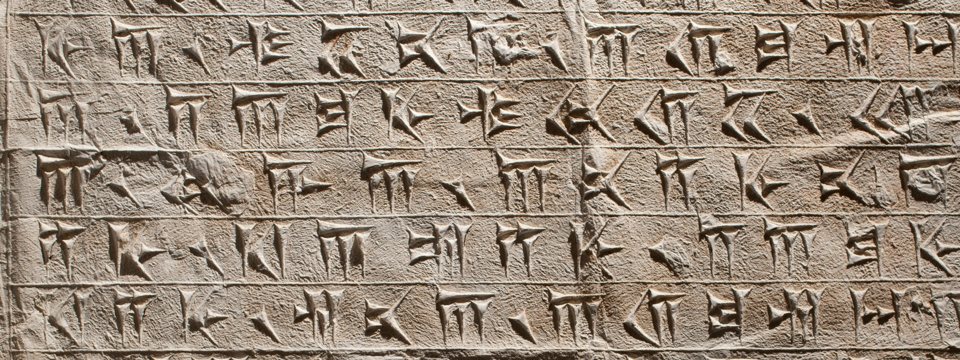Squeeze Imaging Project

The Freer Gallery of Art and the Arthur M. Sackler Gallery Archives (Freer|Sackler Archives) hold a significant collection of 393 squeezes from ancient archaeological sites in the Near East. A squeeze is a series of sheets of paper that are layered on top of each other and moistened to create a wet pulp. This substance is pressed upon the inscriptions, creating a paper mold and capturing the impressionistic writing for a 3-dimensional negative effect. (See the Squeeze Making tab for more information). The inscriptions typically contain information on the ancient culture's history, now preserved in the squeezes. As they are often made of paper, squeezes can be fragile, which limits their accessibility and jeopardizes the historical data they hold.
The squeezes in the Archives, Ernst Herzfeld papers date from 1911-1934. The squeezes range from very high-grade, robust paper to low-grade cigarette paper. Over time, the squeezes have been transported around the world, handled and stored in ways not approved by F|S archivists, and have suffered from various issues that affect all paper products. The squeezes contain Arabic script, Middle Persian, and Cuneiform impressions from archaeological sites: Bastam, Isfahan, Rayy, Samarra, Shiraz, Sunghur, Taq-i Bustan, Tus, Sarpul, Pasargadae, Persepolis, Naqsh-i Rustam, and Paikuli. The Herzfeld papers have been vital in the research of these sites, and the squeezes he created for temporary reference have helped scholars access information from monuments that for many reasons may no longer be available.
In 2010, the Freer|Sackler Archives received a grant from the Smithsonian Institution's Collections Care and Preservation Fund to aid in the preservation of the squeezes and the 3-D information they contain. The Archives collaborated with the Smithsonian Institution Museum Conservation Institute (MCI) to create a digital preservation surrogate for each squeeze, using a new imaging technique called Reflectance Transformation Imaging (RTI). Along with protecting the original objects from further damage, RTI allows the end user (you!) to manipulate the image and enhance the squeeze's readability. Scholars will be able to find intellectual and physical information that was previously not known to exist or had thought to have been lost. This will allow researchers to learn more from the digital images than they could from the physical object. The digital images will provide unparalleled access to histories, delivered from the cradle of civilization to the homes of scholars and enthusiasts alike.
Please read the Technical Note for more information on RTI technology and how to view the squeezes, as well as the Archival Note for further details on the project.
Using the Collections
- Archives Home
- Archives Collection Highlights
- Archives Collection Descriptions
- Doing Archives Research
